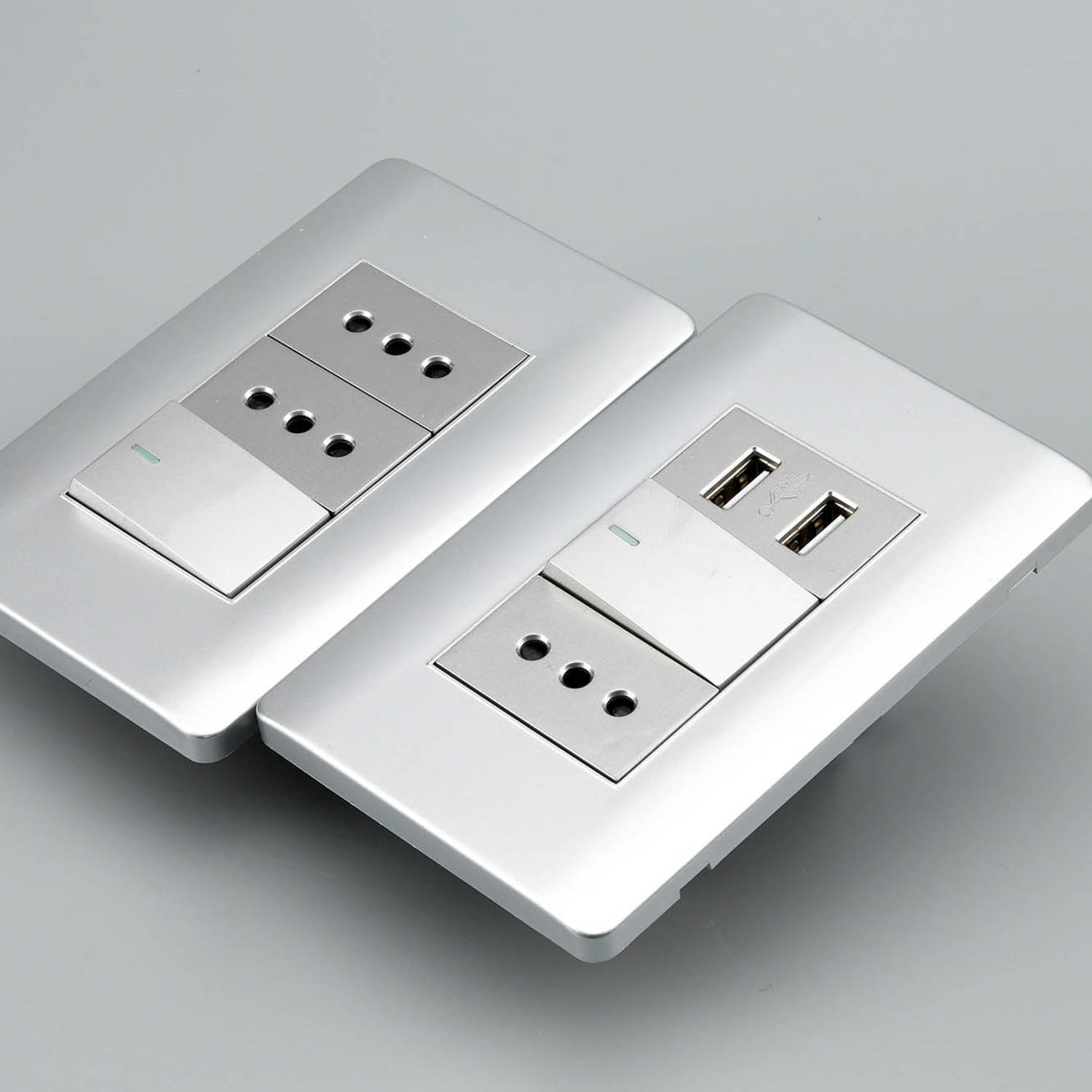Categories
- Blog (315)
Found in virtually every home, office, and public space, these unassuming fixtures play a vital role in delivering electricity to power our daily lives. Despite their humble appearance, plug sockets are essential components that facilitate the operation of a wide range of devices and appliances, from lamps and computers to kitchen appliances and charging stations.
The evolution of plug sockets traces back to the late 19th century when electricity began to be harnessed for widespread use. Early iterations were simple receptacles designed to accommodate two-pin plugs, allowing users to connect their electrical devices to the power supply. Over time, as electricity usage expanded and safety concerns emerged, plug socket design evolved to incorporate standardized features and safety mechanisms. This included the implementation of grounding, insulation, and circuit protection to prevent electrical hazards and ensure user safety.

Innovations in plug socket design have led to the development of multifunctional and technologically advanced variants. Modern plug sockets often feature multiple outlets, USB charging ports, and integrated surge protection to accommodate the growing number of electronic devices in our households and workplaces. Additionally, smart plug sockets equipped with wireless connectivity and remote control capabilities have revolutionized the way we interact with electrical outlets. These intelligent sockets enable users to monitor power usage, schedule device operation, and even control appliances remotely via smartphone apps or voice commands.
A Brief History of Plug Sockets:
The concept of plug sockets dates back to the late 19th century when electricity became more widely available for commercial and residential use. Early plug sockets were simple receptacles designed to accommodate two-pin plugs, allowing users to connect electrical devices to the power supply.
Standardization and Safety Regulations:
As electricity usage expanded, the need for standardization and safety regulations became apparent. Various countries and regions established standards for plug sockets, including voltage, current rating, and pin configurations, to ensure compatibility and prevent electrical hazards. Safety features such as grounding, insulation, and overload protection were also implemented to enhance user safety.
Evolution of Design and Functionality:
Over the years, plug socket design has evolved to meet the changing needs and preferences of consumers. Innovations such as multi-gang sockets, USB charging ports, and integrated surge protection have enhanced the functionality and versatility of plug sockets, allowing users to power multiple devices simultaneously and safeguard against power surges and voltage fluctuations.
Smart Plug Sockets and Home Automation:
The rise of smart home technology has revolutionized the concept of plug sockets. Smart plug sockets, equipped with wireless connectivity and remote control capabilities, allow users to monitor and control power usage from their smartphones or voice-activated assistants. These intelligent sockets offer convenience, energy efficiency, and customization options, enabling users to create personalized schedules and automate tasks.
Impact on Energy Consumption and Efficiency:
Plug sockets play a significant role in energy consumption and efficiency in buildings. Energy-efficient sockets, equipped with features such as automatic shut-off, standby power reduction, and energy monitoring, help minimize wastage and reduce electricity bills. Additionally, the adoption of smart plug sockets and home energy management systems empowers users to optimize energy usage and contribute to sustainability efforts.
Future Trends and Innovations:
Looking ahead, the future of plug sockets is poised for further innovation and integration with emerging technologies. Trends such as wireless charging, biometric authentication, and energy harvesting may shape the next generation of plug socket design, offering new possibilities for convenience, efficiency, and connectivity in our increasingly digitized world.
Conclusion:
Plug sockets have come a long way since their inception, evolving from simple receptacles to sophisticated devices that power our modern lifestyles. With advancements in design, safety, and functionality, plug sockets continue to play a vital role in providing electricity to our homes, offices, and public spaces. As technology continues to advance, plug sockets will remain essential fixtures in our lives, adapting to meet the changing needs and demands of users in an ever-evolving electrical landscape.